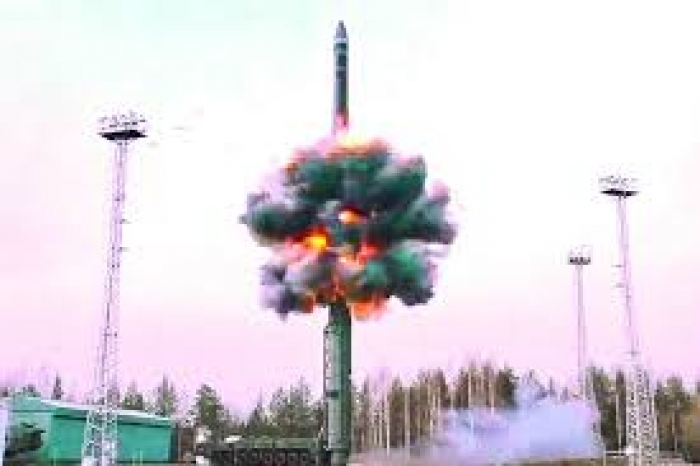April 28, 2025
Manufacturers battle for survival amid rising energy, borrowing costs
by Super User
Nigerian manufacturers are struggling under the weight of escalating energy costs, which now consume approximately…
April 28, 2025
Natasha mocks Akpabio in scathing ‘apology’ over sexual harassment claim
in POLITICS
by Super User
Suspended Kogi Central Senator Natasha Akpoti-Uduaghan on Sunday delivered a blistering, sarcastic "apology" to Senate…
April 28, 2025
‘One-party participatory democracy’ - Chidi Anselm Odinkalu
in Opinion
by Super User
…
April 28, 2025
How to boost your happiness in just a few minutes
in FEATURES
by Super User
Prioritizing your joy can feel like an abstract assignment that, frankly, many of us don’t…
April 26, 2025
Declassified CIA file about UFO aliens attacking soldiers released
in Strangely
by Super User
A declassified document posted to the CIA’s website is raising eyebrows with claims of an…
April 28, 2025
Boko Haram kills 14 farmers and vigilantes in Borno
in Crime
by Super User
Suspected Boko Haram terrorists have killed at least 14 people, including farmers and vigilantes, in…
April 28, 2025
Here’s the latest as Israel-Hamas war enters Day 570
in WARS
by Super User
Israel says it strikes Hezbollah missiles in southern Beirut The Israeli army said on Sunday…
April 27, 2025
Smartphone use could reduce dementia risk in older adults, study finds
The first generation that has been exposed consistently to digital technology has reached the age…
January 08, 2025
NFF appoints new Super Eagles head coach
in Sport
by Super User
The Nigeria Football Federation (NFF) has appointed Éric Sékou Chelle as the new Head Coach…































































